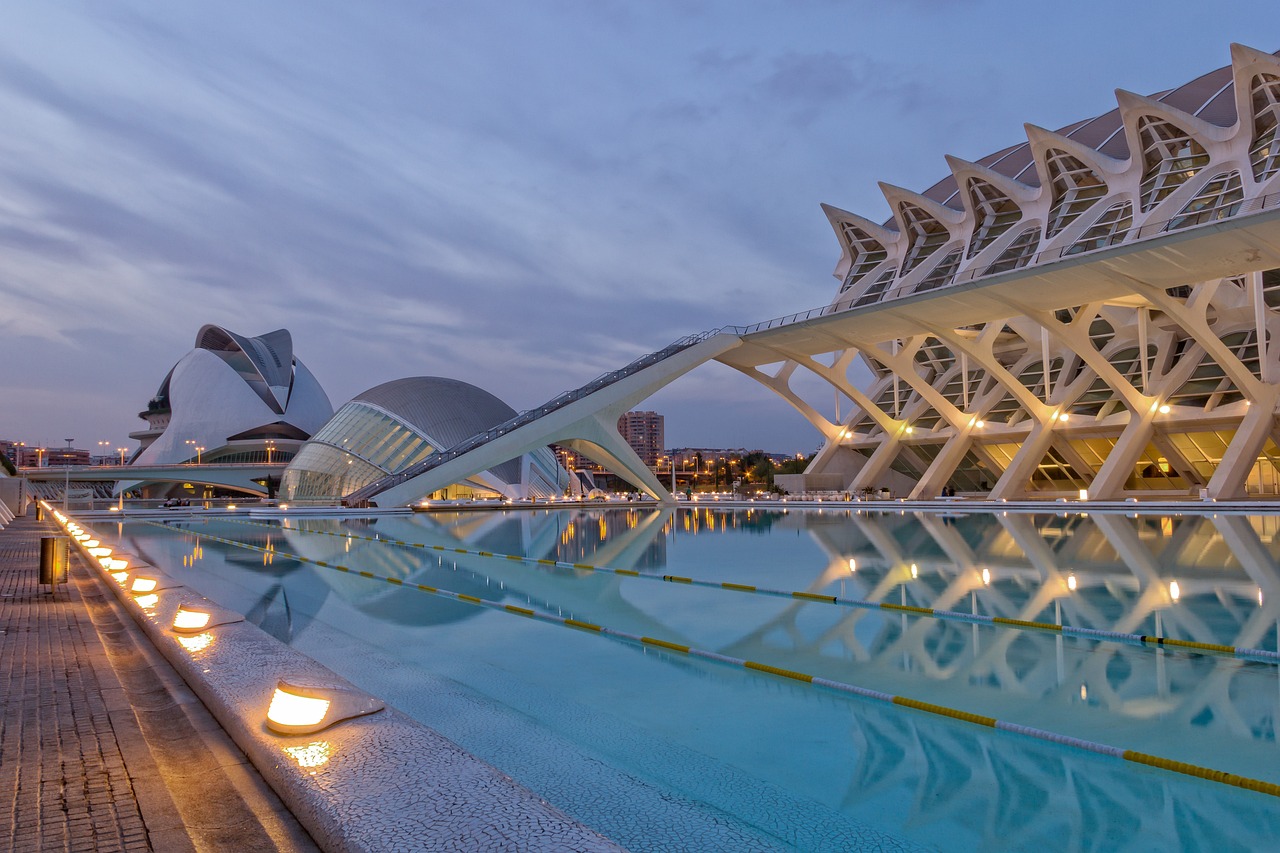Seville weather is a topic of great interest for those planning a visit to this beautiful southern Spanish city. Known for its hot summers and mild winters, Seville is a city that experiences some of the highest temperatures in Europe. However, despite its reputation for being a hot and dry place, Seville also experiences some rainy days throughout the year, making it important to plan your visit accordingly.
The city of Seville is located in the Andalusia region of southern Spain and is the capital of the province of Seville. The city is situated on the banks of the Guadalquivir River and is surrounded by hills, making it a unique place to visit. Seville has a Mediterranean climate, which means that it experiences mild winters and hot summers. The average temperature in Seville during the winter months is around 15-20°C (59-68°F), while in the summer months it can reach up to 40°C (104°F) or higher.
| Month | Low (°C) | High (°C) | Low (°F) | High (°F) | Rain (%) |
|---|---|---|---|---|---|
| January | 7 | 15 | 45 | 59 | 20 |
| February | 8 | 16 | 46 | 61 | 20 |
| March | 10 | 18 | 50 | 64 | 20 |
| April | 12 | 20 | 54 | 68 | 20 |
| May | 15 | 25 | 59 | 77 | 20 |
| June | 18 | 30 | 64 | 86 | 20 |
| July | 20 | 35 | 68 | 95 | 20 |
| August | 20 | 35 | 68 | 95 | 20 |
| September | 18 | 30 | 64 | 86 | 20 |
| October | 15 | 25 | 59 | 77 | 20 |
| November | 12 | 20 | 54 | 68 | 20 |
| December | 8 | 16 | 46 | 61 | 20 |
When it comes to deciding the best time to visit Seville, it ultimately depends on your personal preferences and what you hope to experience during your trip. If you’re looking to experience Seville’s famous hot summers and enjoy outdoor activities such as visiting the city’s many parks and gardens, then the months of June to September would be the best time for you to visit. During these months, the weather is typically warm and sunny, making it the perfect time to explore the city’s rich cultural heritage, including the famous Alcazar Palace and the Giralda Tower.
On the other hand, if you’re looking to experience Seville’s milder weather and avoid the heat of the summer months, then the best time to visit would be during the months of October to May. During these months, the weather is typically mild and comfortable, making it the perfect time to explore the city’s many museums and art galleries. Additionally, the autumn and spring months provide the perfect opportunity to see Seville’s famous flower gardens in full bloom.
Another factor to consider when planning your visit is the city’s famous festivals and events. Seville is known for its lively festivals and events, including the famous Feria de Abril, the Seville Fair, and the Semana Santa, or Holy Week. If you’re planning to visit during one of these events, be sure to book your accommodation well in advance, as the city can get quite crowded during these times.
In summary, the best time to visit Seville depends on your personal preferences and what you hope to experience during your trip. If you’re looking to experience the city’s hot summers and enjoy outdoor activities, then the months of June to September would be the best time for you to visit. However, if you’re looking to experience Seville’s milder weather and avoid the heat of the summer months, then the best time to visit would be during the months of October to May. Additionally, if you’re planning to visit during one of the city’s famous festivals and events, be sure to book your accommodation well in advance.



